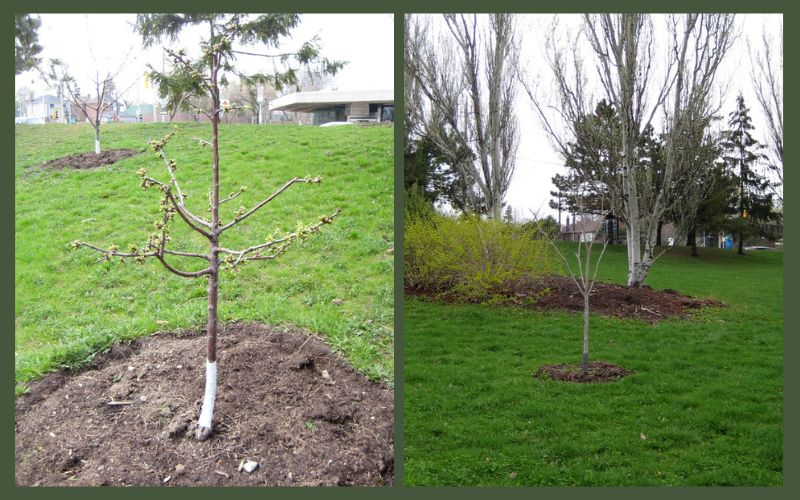Pruning young trees is a vital practice that greatly influences their growth, structure, and safety in the landscape. Proper training during the early stages can prevent structural defects that may lead to hazards, property damage, or even the need for tree removal. Unfortunately, many nurseries do not prioritize this essential training, resulting in trees that may develop weaknesses over time.
The primary goal of pruning is to reduce structural defects such as co-dominant stems, multiple branches, and dense canopies. By addressing these issues early, you can lower the potential hazards and extend the lifespan of your trees. Well-trained trees will have fewer, well-spaced branches, which not only reduces the amount of pruning needed as they mature but also provides easier access for arborists.
One key practice is to remove the “Five D’s”: damaged, deformed, diseased, dying, or dead branches. This helps maintain the tree’s health and vitality. Additionally, selecting a single leader stem is crucial. This leader should be vigorous, well-attached, and vertical. If you find multiple leaders, choose the strongest and prune away the others to ensure a single, strong trunk.
Another important step is to establish the lowest permanent branch (LPB). The height of this branch depends on the tree’s location and intended use. For example, street trees should provide an 8-foot clearance over sidewalks and 14-foot clearance over streets. When selecting the LPB, choose a vigorous branch with a diameter less than half that of the trunk and avoid branches with included bark. Temporary branches can be left to support the tree’s growth and protect the trunk from sunscald.
Scaffold branches, which are the main branches that will support the tree’s canopy, should be selected and pruned to ensure proper spacing. Aim for at least 18 inches of vertical spacing for larger trees and 12 inches for smaller varieties. Temporary branches below the LPB should be shortened to 2 or 3 buds to keep their growth in check.
When pruning, it’s essential to limit the amount you remove at any one time. Generally, no more than 25% of the entire canopy should be pruned, and for training purposes, only 5-10% may be necessary. The best time to prune is during the winter dormancy period, after the leaves have fallen but before new buds begin to swell.
By following these guidelines, you can ensure that your young trees grow strong, healthy, and safe for years to come. Happy pruning! 🌿🌞

